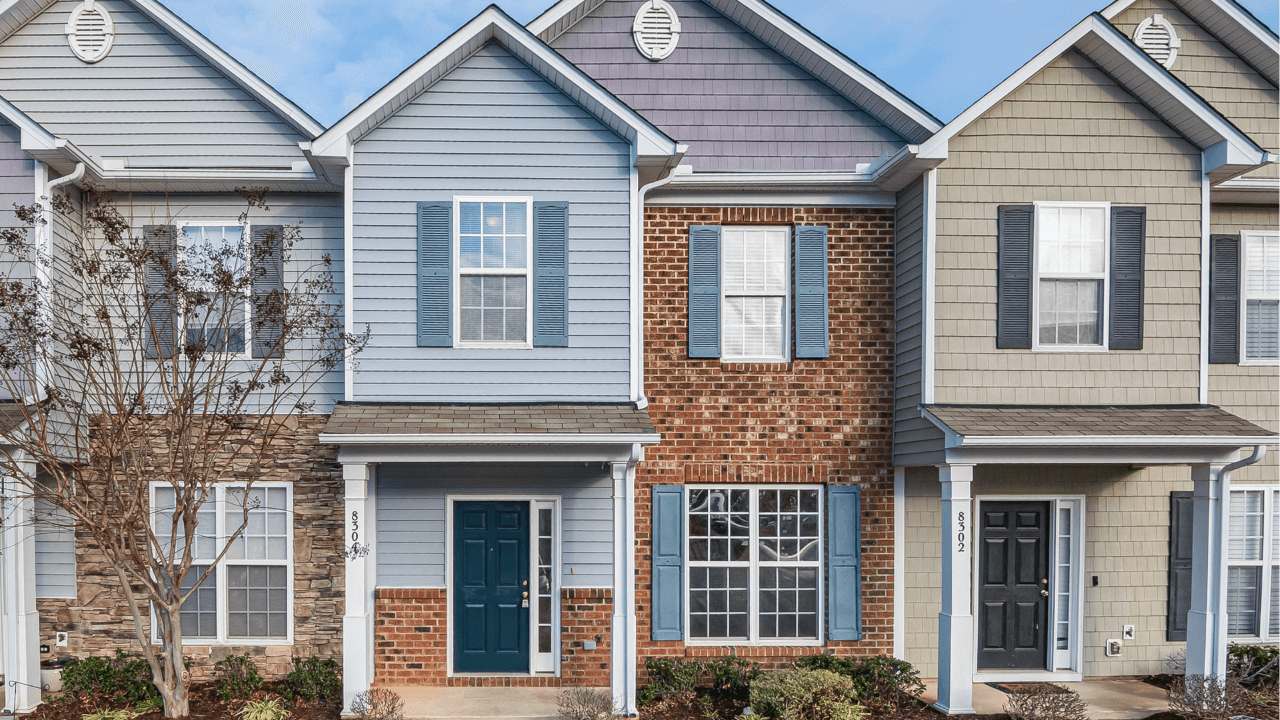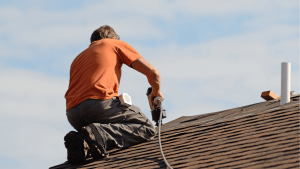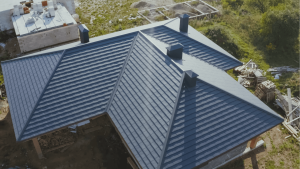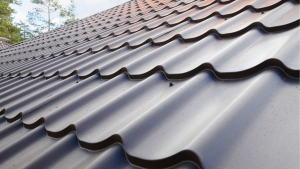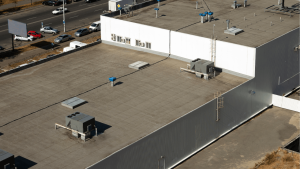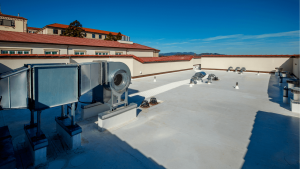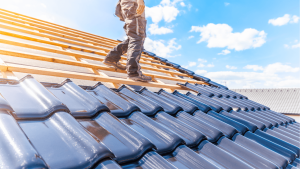
Miami roof survival guide: combat storms, save costs & extend roof life
This comprehensive guide will equip you with the knowledge to navigate Miami’s demanding climate, make informed decisions about repairs and replacements, and ultimately extend your roof’s lifespan and protect your investment.
